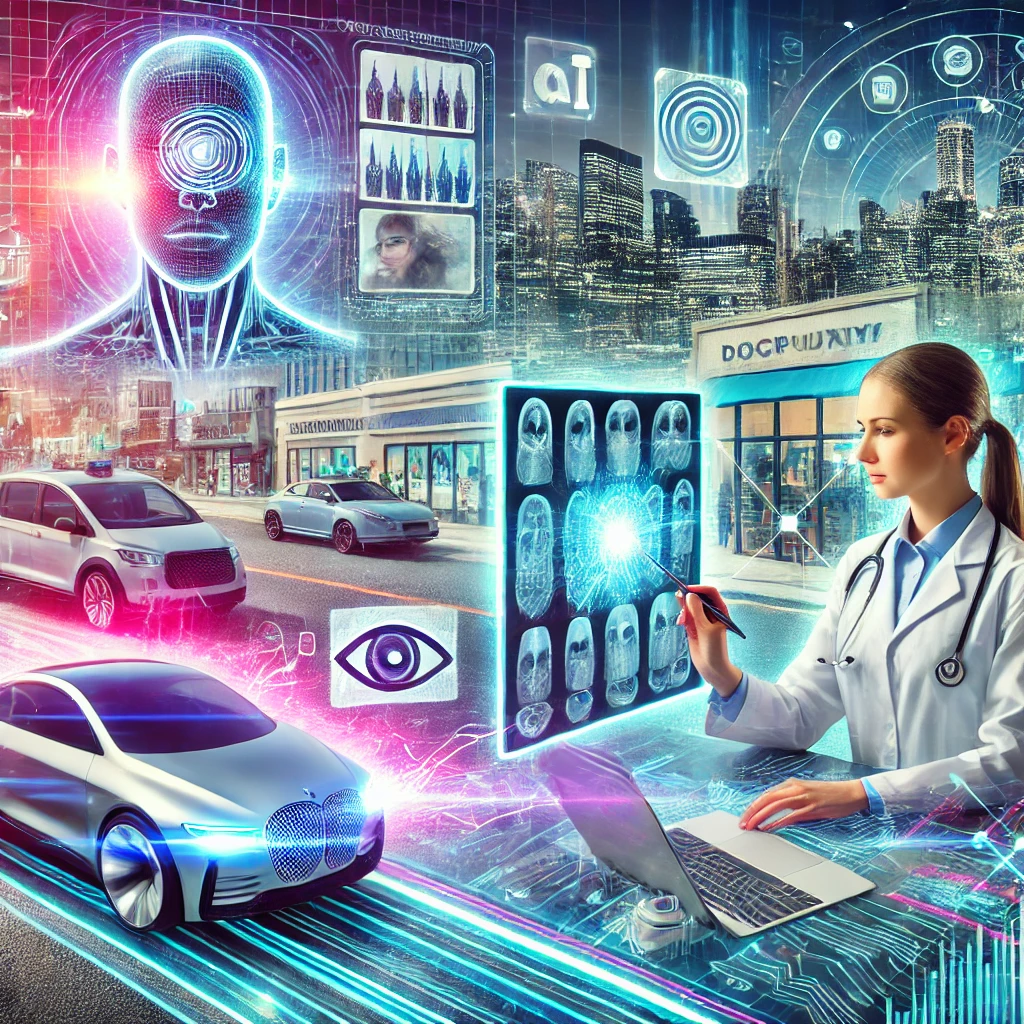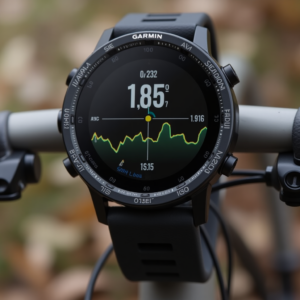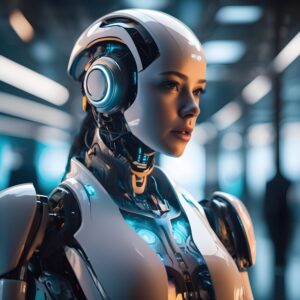
Artificial Intelligence (AI) has been a driving force behind many technological breakthroughs, with computer vision being one of the most impactful areas. Computer vision, a field that enables machines to interpret and make decisions based on visual data, has seen rapid advancements due to AI. Here, we explore four real-life innovations in computer vision powered by AI that are revolutionizing various industries.
1. AI-Powered Medical Imaging
AI in medical imaging is transforming the healthcare industry by enhancing the accuracy and efficiency of diagnostic processes. Computer vision algorithms can analyze medical images like X-rays, MRIs, and CT scans, detecting abnormalities with precision. These AI systems assist doctors in diagnosing diseases such as cancer at earlier stages, improving patient outcomes. For instance, Google’s DeepMind has developed AI models that can identify over 50 eye diseases from optical coherence tomography (OCT) scans, significantly reducing the workload on ophthalmologists.
2. Autonomous Vehicles
One of the most talked-about applications of computer vision is in autonomous vehicles. Companies like Tesla, Waymo, and Uber are at the forefront of integrating AI-powered computer vision systems to enable vehicles to navigate without human intervention. These systems use cameras, sensors, and AI algorithms to identify and respond to various elements in the environment, such as pedestrians, traffic signals, and obstacles. The ability of these vehicles to process and act on visual data in real-time is a testament to the advancements in computer vision technology.
3. Retail Surveillance and Inventory Management
In the retail industry, AI-powered computer vision is transforming both security and inventory management. Retailers are using AI-driven surveillance systems to enhance security by identifying suspicious activities in real-time. Moreover, computer vision is streamlining inventory management by automating the monitoring of stock levels, reducing human error, and ensuring that shelves are always well-stocked. Amazon Go stores, for example, employ computer vision to track products that customers pick up and purchase without the need for checkout lines.
4. Facial Recognition for Security and Access Control
Facial recognition technology, powered by computer vision, is becoming increasingly prevalent in security and access control systems. AI-driven facial recognition is used for identifying individuals in real-time for purposes ranging from unlocking smartphones to securing large events and public spaces. Governments and businesses are leveraging this technology to enhance security measures, allowing for quick and accurate identification of individuals. However, this technology also raises important ethical considerations regarding privacy and surveillance, which are subjects of ongoing debate.


